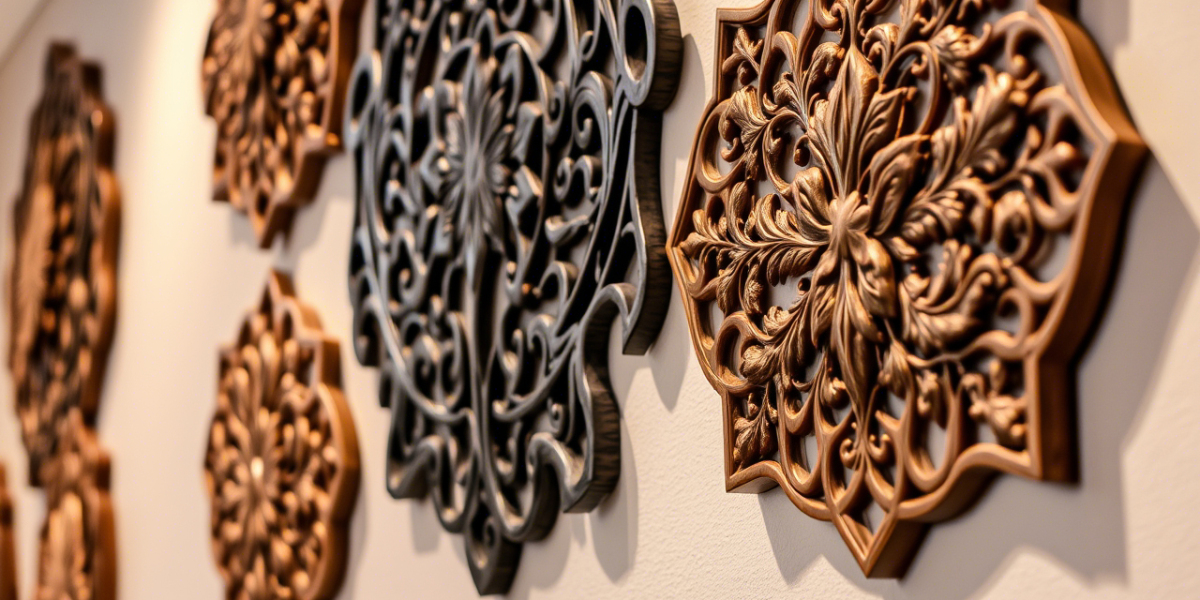San Francisco is a city rich in history, culture, and architectural beauty. One of the best ways to explore its past is through the many wall plaques scattered across the city. These plaques tell stories of significant events, famous residents, and iconic buildings that have shaped San Francisco into what it is today. Whether you're a history buff, a tourist, or a local resident, discovering these plaques can be a fascinating way to connect with the city’s heritage.
The Importance of Wall Plaques in San Francisco
Wall plaques in San Francisco serve as permanent reminders of the city’s vibrant history. They are often placed on buildings, streets, and public spaces to commemorate important moments or people. These markers help preserve the past and educate future generations about the events and individuals that influenced the city’s development. Many of these plaques are installed by historical societies, city organizations, or private groups dedicated to maintaining San Francisco’s legacy.
Walking through neighborhoods like Chinatown, North Beach, or the Mission District, you’ll find plaques detailing everything from Gold Rush-era saloons to the birthplaces of famous poets. Each plaque offers a glimpse into a different era, making them valuable tools for understanding how San Francisco evolved over time. Some plaques even highlight lesser-known stories, ensuring that important but overlooked aspects of history are not forgotten.
Famous Wall Plaques in San Francisco
San Francisco has countless wall plaques, but some stand out due to their historical significance or unique stories. One of the most famous is the plaque marking the site of the 1906 earthquake and fire. Located near Union Square, this plaque describes the devastation that reshaped the city and led to its modern rebuilding efforts. Another notable marker is the plaque at Jack Kerouac Alley, honoring the Beat Generation writers who frequented the area.
In North Beach, you’ll find plaques dedicated to famous residents like Joe DiMaggio and Francis Ford Coppola. The historic Ferry Building also features several plaques detailing its role as a transportation hub in the early 20th century. Meanwhile, in the Financial District, plaques mark the locations of former Gold Rush-era businesses and banks that played a crucial role in California’s economic growth.
How to Find Wall Plaques in San Francisco
If you’re interested in exploring San Francisco’s wall plaques, there are several ways to locate them. Many historical walking tours include stops at notable plaques, offering expert insights into their significance. You can also find self-guided tour maps online or at local visitor centers that highlight key plaques across different neighborhoods.
Another great way to discover plaques is by simply walking around the city and keeping an eye out for them. Areas with a high concentration of historic buildings, such as Nob Hill, Haight-Ashbury, and the Presidio, are particularly rich in plaques. Some plaques are small and easy to miss, so taking your time to explore side streets and alleyways can lead to unexpected finds.
The Role of Wall Plaques in Preserving Local History
Wall plaques do more than just mark locations—they help keep history alive. In a rapidly changing city like San Francisco, where new developments often replace old structures, plaques ensure that the stories of the past remain visible. They provide context for historic buildings, explain why certain streets are named after specific individuals, and commemorate events that might otherwise fade from public memory.
Many plaques are installed through the efforts of local historical societies and preservation groups. Organizations like the San Francisco Historical Society and the Native Sons of the Golden West work to identify important sites and secure funding for plaques. Community involvement also plays a big role, with residents sometimes advocating for plaques to honor neighborhood history.
Unique and Lesser-Known Wall Plaques in San Francisco
While some plaques commemorate well-known events, others highlight quirky or obscure aspects of San Francisco’s past. For example, a plaque in the Castro District marks the location of the first gay rights organization in the U.S. Another plaque in the Mission District tells the story of the Ohlone people, the original inhabitants of the Bay Area.
In the Sunset District, a plaque honors the history of the Sutro Baths, a once-grand seaside swimming complex. Meanwhile, a small plaque near Lombard Street reveals the origins of the famous “crookedest street in the world.” These lesser-known plaques add depth to the city’s history, offering fascinating details that many people might not encounter otherwise.
The Future of Wall Plaques in San Francisco
As San Francisco continues to grow and change, the importance of wall plaques remains strong. New plaques are still being added to recognize recent historical events and contributions from diverse communities. Efforts are also underway to make plaques more accessible, with some featuring QR codes that link to additional online information.
Preservationists and historians are working to ensure that future generations can learn from these markers. By supporting local historical organizations and participating in plaque dedication ceremonies, residents can help keep San Francisco’s history alive. Whether you’re a lifelong local or a first-time visitor, taking the time to read these plaques can deepen your appreciation for this incredible city.
Conclusion
Wall plaques in San Francisco are more than just metal signs—they are windows into the city’s past. From famous landmarks to hidden gems, these markers tell the stories of the people, places, and events that have shaped San Francisco over the years. Exploring them is a rewarding way to connect with the city’s history and gain a deeper understanding of its cultural heritage. Next time you’re walking through San Francisco, take a moment to look for these plaques—you might just uncover a fascinating piece of history.








